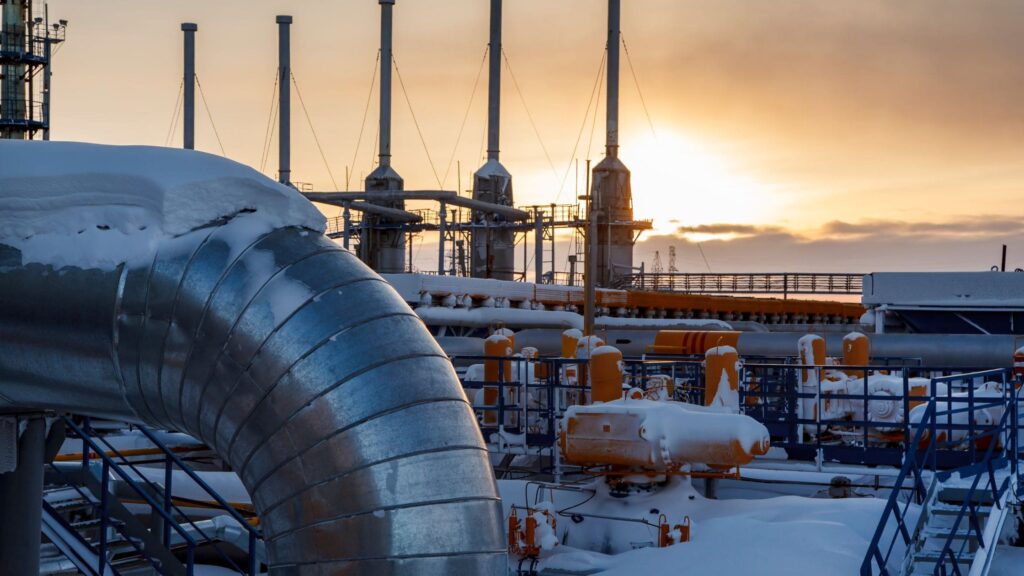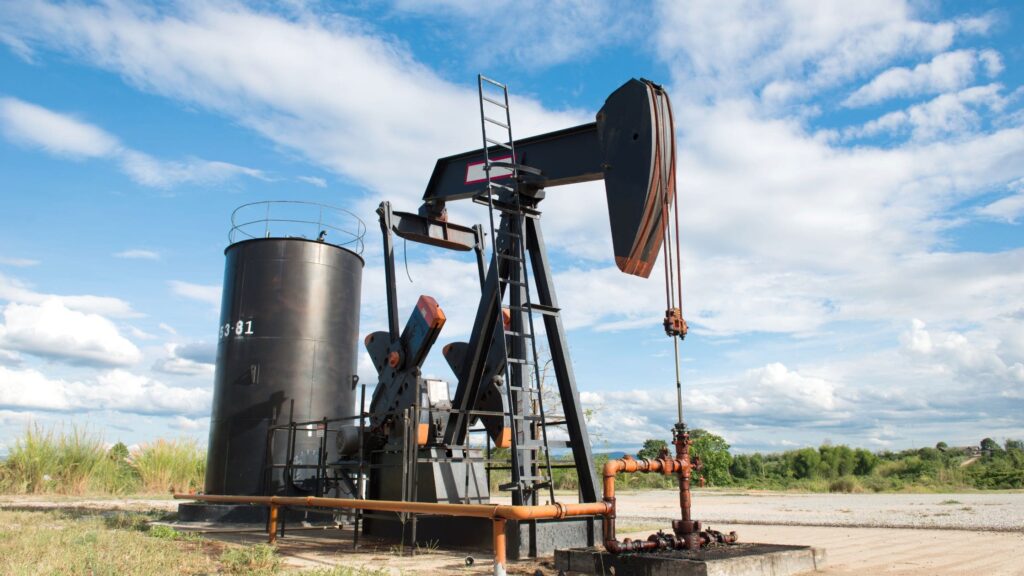The Permian Basin continues as a change leader in the global energy mix, leading North American oil production and forcing OPEC to maintain its production cuts designed to balance the worldwide oil market. According to the U.S. Energy Information Administration (EIA), oil production in the Permian increased 73,000 bbl/d month over month between February and March. The EIA reported that the Permian produces 3.2 MMbbl/d, which makes it far and away the largest producing onshore oil field in North America.
Pioneer’s lateral lengths in the Permian have grown from 5,000 ft and are now averaging 10,000 ft with some at 20,000 ft. Enhanced completion designs have been a factor in lowering breakeven costs for the Permian, which is about $19/bbl for Pioneer, including drilling and development costs. The company has seen increased drilling efficiencies recently as well. Reports from Pioneer, which is the largest acreage holder in the Midland Basin, says it takes them 15 days to drill a vertical well back six, seven, eight years ago, now it’s taking 15 to 20 days to drill a horizontal well down 10,000 ft and out to 20,000 ft. Lifting the export ban on pad drilling designs, which includes increasing the number of wells on a pad, also has contributed to low breakevens in the Permian.
Permian’s rig count had most of its increases in the first six months of 2017, which is a component of the basin’s continued increase in production. Baker Hughes, a GE company (BHGE), stated in its monthly rig count report in May that the Permian reached an all-time high in the number of operating rigs with 463 as of May 11. However, there might be indications rig activity may be beginning to taper off a bit. According to the BHGE rig count report, the Permian Basin has added 63 rigs this year, a drop-off from previous years. During the same time period last year, from Jan. 6, 2017, to May 12, 2017, the rig count grew from 267 to 357, an increase of 90. If you look at the month-to-month increase in production, most of the Permian growth was over the last several months. It went from 2.1 million barrels per day and finished the year at 2.8 million barrels per day last year. Most people have it growing at about [a rate of] 800,000 barrels per year. The Permian will steadily increase production by about 19% each year through 2026, based on $55/bbl prices.
New technologies, such as diverting agents, microfracturing, coil-tipping fracks, and digitalization can increase production in the Permian. One of the most prevalent risk factors to continued production gains in the Permian and elsewhere in unconventionals is the issue of parent-child well performance, well-on-well performance caused by tighter well spacing. Closely spaced child well performance presents a risk to the viability of the ongoing drilling recovery and the industry’s long-term prospects. Subsequent oil and gas cost engineering and drilling innovations have lowered the costs of shale drilling. The industry may have slowed, but it has not been halted. Cost-saving advances in shale drilling have not only kept the industry alive but have also enabled it to continue despite the lower oil prices that experts predicted would make such enterprises unprofitable. It is well known that the major cost of fracking was drilling the shale wells. In the recent past, it was routine for a well to be drilled that produced no oil whatsoever. That is a rarity now. The technology to find the reserves has improved along with the way the wells are drilled. You are probably aware of the basic techniques involved in horizontal drilling and fracking. Tight shale formations can be reached a mile or more away from the wellhead. Once the shale has been reached, it is fractured to release the trapped natural gas and oil. Multi-pad drilling has proven to save time and money for oil and gas producers because the drilling rig only has to be moved less than 10 yards before another well can be drilled into the same reservoir. By reducing the need for new roads, more pipelines, and worker facilities, millions of dollars are saved, and hundreds of man-hours are eliminated. If these features only have to be set up one time for every four wells, the reduction in labor and expenses is enormous. Speed is a second factor that decreases the cost of drilling. More efficient rigs and a more experienced labor force mean greater savings. The average time it takes to drill a well dropped from 35 days to 14 in the last two years. The cost has plummeted from $4.5 million to $2.6 million. The average drill cost per foot was lowered from $245 to $143. That means drilling costs have been reduced by about 42 percent, which offsets the drop in the commodity cost. Other companies have reported cost reductions from 2017 to 2018. Bakken well costs dropped from $7.1 million to $5.9 million. Eagle Ford wells went from $7.6 million to $6.5 million. Marcellus wells were reduced from $6.6 million to $6.1 million. Midland Basin wells fell from $7.7 million to $7.2 million, and Delaware Basin well costs were lowered from $6.6 million to $5.2 million. Older wells are also being refracked at a savings of 75 percent over drilling a new well. There are more than 50,000 old wells in the United States that could be refracked. The only thing preventing refracking from taking off is the uncertainty of where to target the fracking fluid. However, new software combined with petroleum economics courses removes the hit-or-miss nature of refracking wells and makes them cost-effective. As the science of fracking and refracking marches forward, the costs keep coming down, enabling a healthy profit despite the overall decline in the price of oil due to high production by Saudi Arabia and other oil-producing countries.



